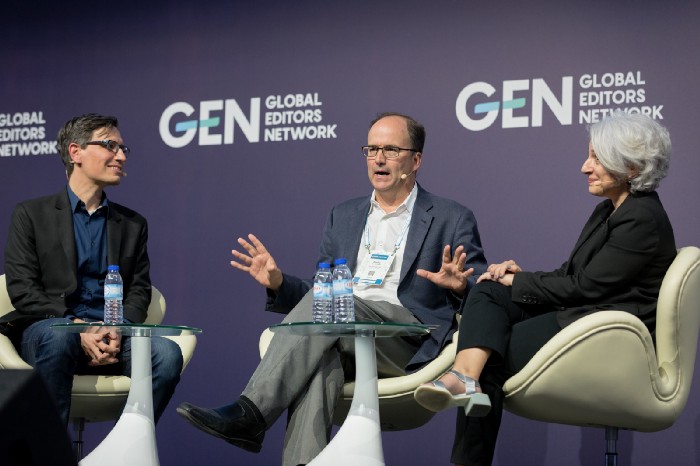How did the Washington Post go from sinking to winning?
On the third and final day of the GEN Summit 2018, Emilio Garcia-Ruiz and Greg Barber from the Washington Post energetically took to the stage to tell us more about the Post’s twenty year long digital transformation. The session was moderated by Catarina Carvalho, editor-in-chief of Diário de Notícias.
Garcia-Ruiz, digital managing editor, kicked off the session with a video of a sinking ship, representing where the Post was twenty years ago when it first started investing in digital. This was followed by a clip of Trump shouting ‘We’re gonna win, win, win! You’re gonna get so tired of winning’, to give us an insight of where they are today. Winning!
Here are the four things that other news organisations can learn from the Washington Post, according to Barber, director of newsroom product, and Garcia-Ruiz:
1. Does your technology stink?
Pretty much nobody in the conference room put up their hand when Barber asked the audience if they were happy with their newsroom tools.
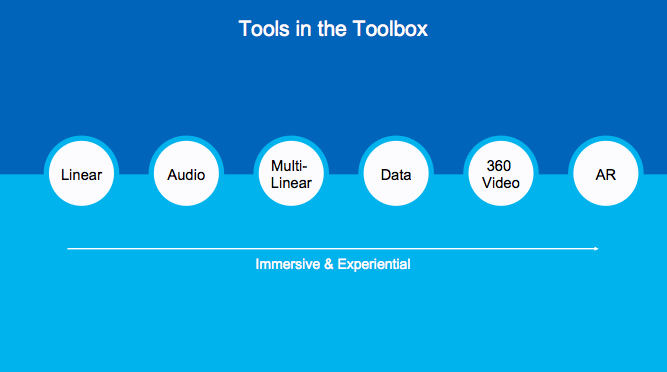 The Washington Post’s way of telling stories
The Washington Post’s way of telling stories
Build your own infrastructure
Barber dove in by showing off some of the compelling ways the Post tells stories using their own tools. The first example was their ‘Your brain on art’ piece, which combines images from Swan Lake with how our brains reacts to sensory experiences. ‘When a dancer leaps or turns, we may empathetically feel a soaring sensation in response’.
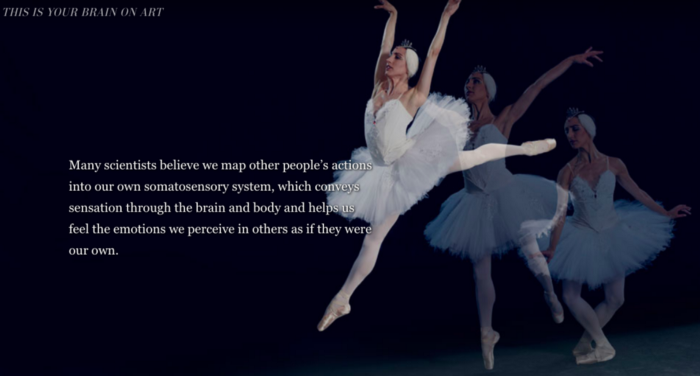
The second example was a piece about a famous statue from the US civil war. The Post used photogrammetry (the processes of recording, measuring and interpreting photos) to let readers look at the photograph of the statue, rotate it around, and see it from any conceivable angle on the page.
‘Telling complex stories in compelling ways takes a lot of infrastructure’, said Barber. After many years of using products that were imperfect, the newsroom decided to take matters into their own hands and build their own infrastructure.
The Post went on to package this infrastructure and sell it on to 90 different newsrooms through Arc publishing.
Among their creations sits The Coral Project, which is a partnership with the New York Times and Mozilla. It offers free, open-source tools for user comments and reader engagement.
‘Direct engagement with your audience is a key driver for subscriptions’, said Barber. ‘More than half of the Post’s subscribers are active in comments’.

According to the speakers, the overall strategy of the Post has been to pair journalistic excellence with technological excellence. This keeps both readers and advertisers happy.
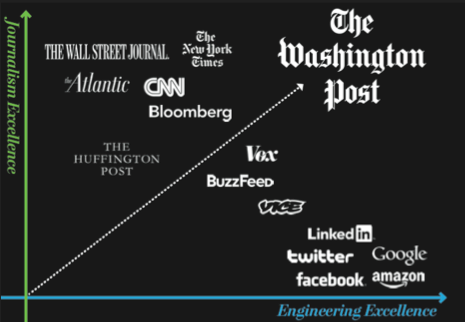
2. What game are you playing?
Garcia-Ruiz said that you cannot succeed if you don’t know which game you’re playing. He said the idea that the Post became digital when Bezos bought it, is false: the Post became digital twenty years ago (it just wasn’t doing digital very well, apparently).
What did change, according to Garcia-Ruiz, was the audience strategy. While the Post was previously focusing on local journalism, Bezos wanted to be big and produce for everyone at scale: look at your audience and adapt your coverage.
‘Is your strategy correct?’, Garcia Ruiz asked the audience.
Nobody seemed sure.
Garcia-Ruiz added that platforms are the Post’s frenemies. They helped the Post become international, so ‘we gave our content away to everyone for free’.
The Post managed to achieve scale after Bezos slapped the slogan ‘Democracy dies in darkness’ on it. While Garcia-Ruiz, somewhat tongue-in-cheek, admitted that the slogan was ridiculous, he said it worked: it helped a broader audience understand what the paper was all about.
‘There is a reason Jeff is the most successful digital businessman in history’, said Garcia-Ruiz.
3. What are you counting?
‘Traditional metrics to measure success only tell part of the story’, said Barber. According to him, the ‘Chartbeats’ are good for seeing if you’re achieving scale, but they don’t tell you much else.
This led the Post to create Spectrum, their own analytics system that covers the traditional stuff, such as unique visitors and page views, but also looks at the way subscribers look at the site and how long they stick around for.
‘We want to achieve growth and depth’, said Barber. ‘We got good at the disruptor’s game: we got good at social play, but we also continue to do good journalism’.
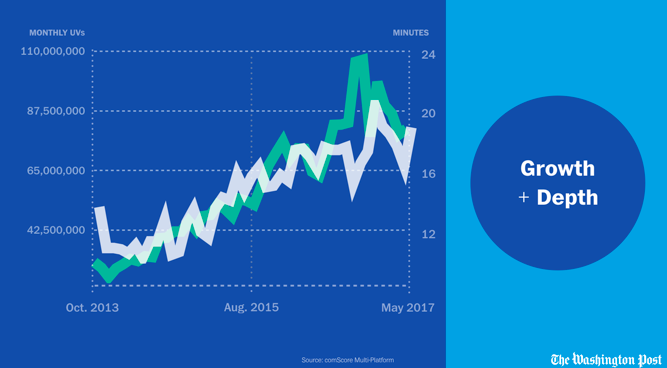
4. Is your newsroom culture right?
Do you have the right people? Do they have the right mindset?
According to Garcia-Ruiz, on one side of the road you have traditional media and on the other side you have digital. ‘We don’t want to be fully digital. We want to be 75% of the way down the road’, said Garcia-Ruiz. He also stressed that it is of vital importance that you know on which side of the road you want to be on, so that your employees can follow.
He went on to ask the audience:
Do you have a print newsroom that has been modified to do digital?
Or do you have a newsroom structured to win at both?
You need to be the second option, he said.
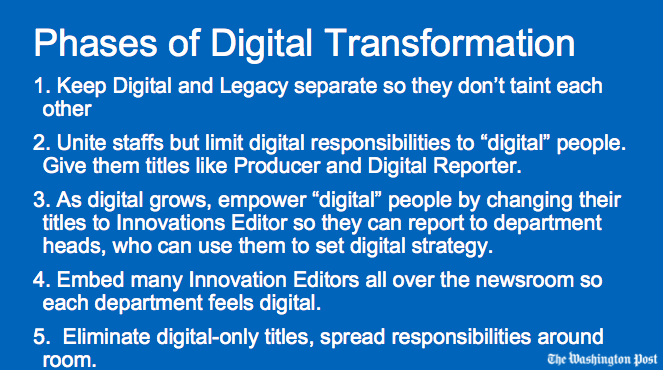
‘With every step, new skills will be needed. You will have to reorganise and open a series of new positions’, said Garcia-Ruiz.
There will be people working on the operations side, people who work on product (like Barber), on projects (like the brain dance and the statue), and the engagement team.
‘The final step for all of us is hopefully success, which means profitability’, Garcia-Ruiz added.
But according to Greg, the key to your success rests in the fundamental journalism your newsroom produces.
‘And if we’re not celebrating a Pulitzer, we consider our year has been a failure!’, concluded Barber.
CULLED from Global Editors Network

